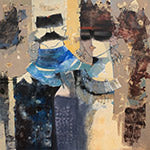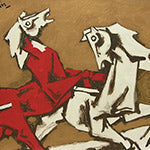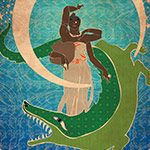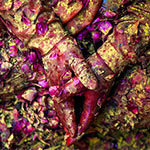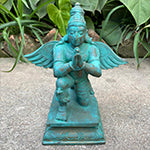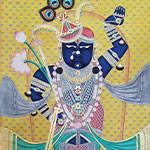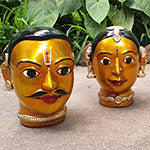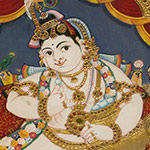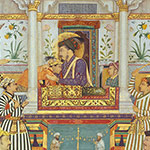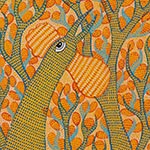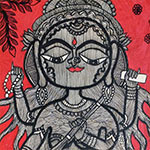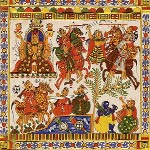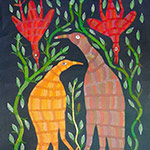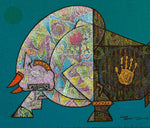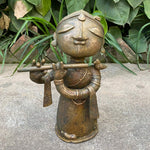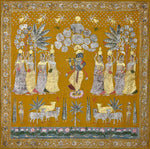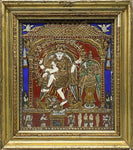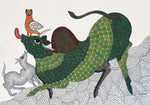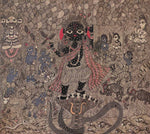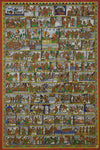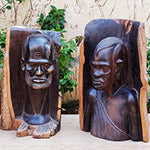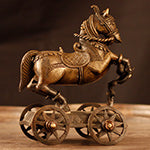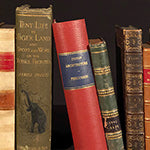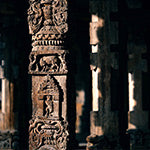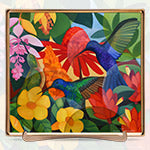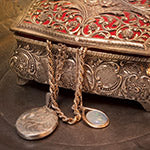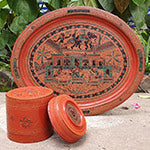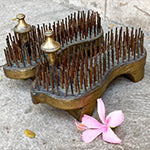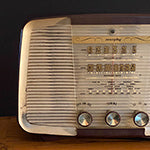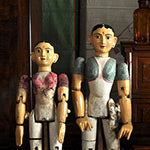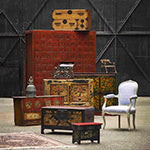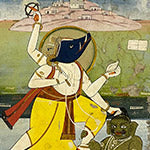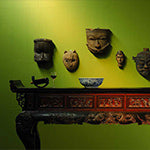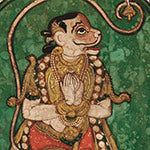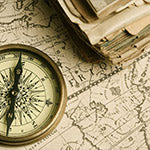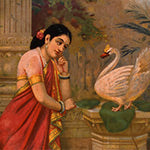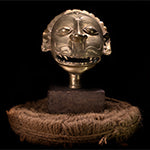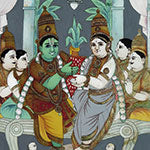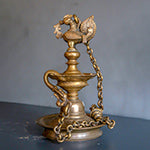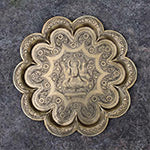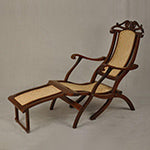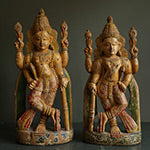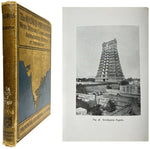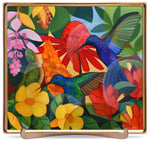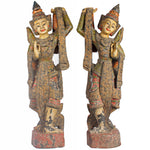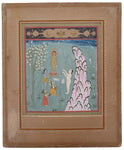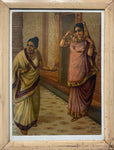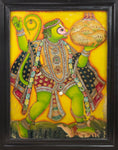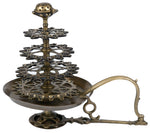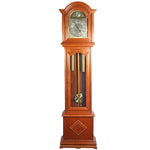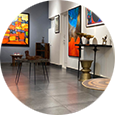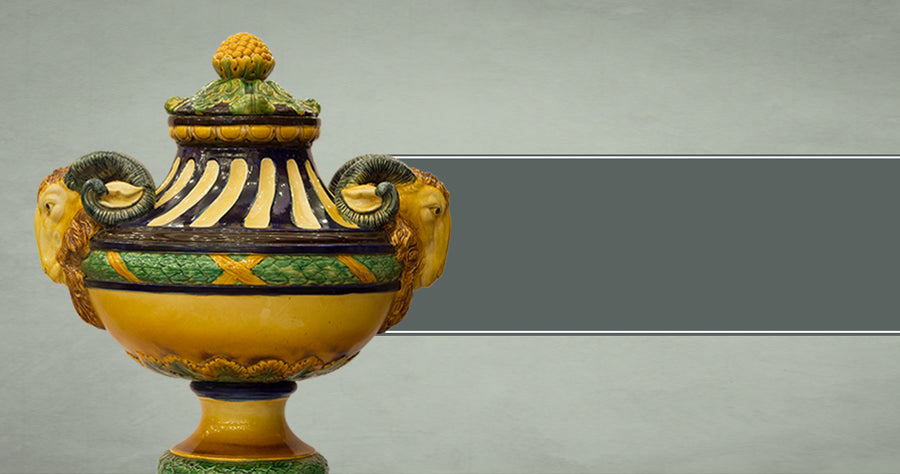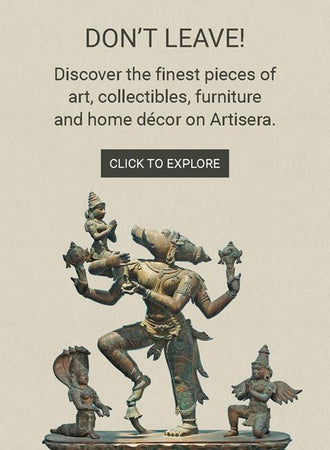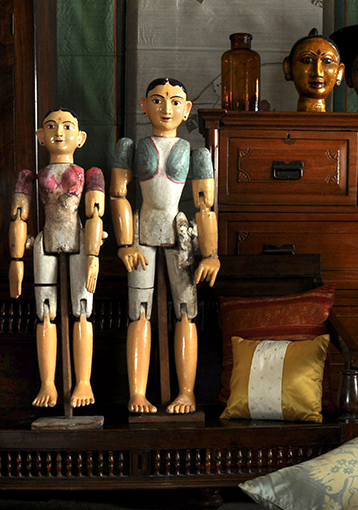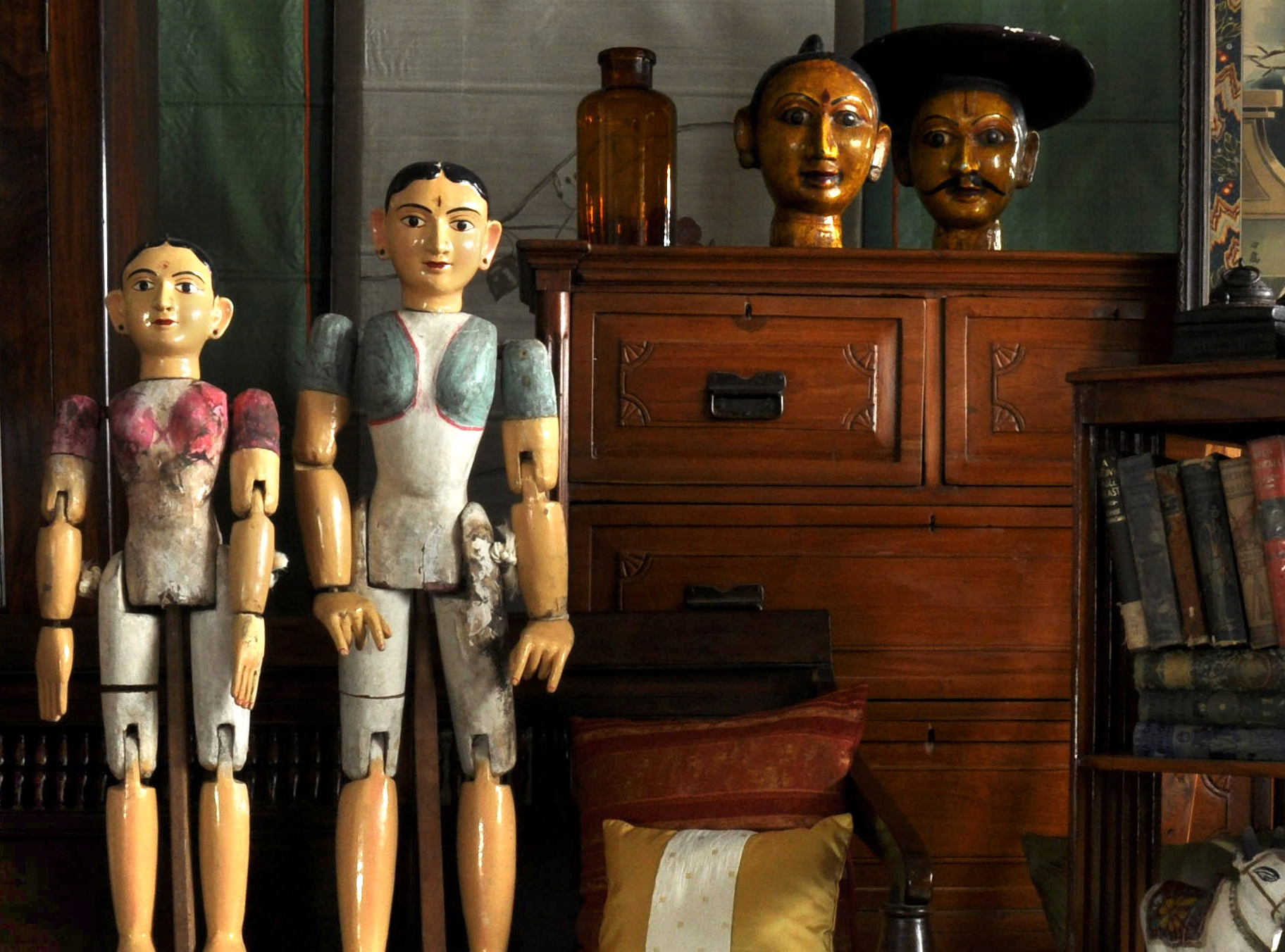A Brief History of Modern Art
Art WiseWhat is Modern Art? The answer may seem simple – the art of modern times. In reality, though, ‘modern times’ does not denote the present, but a period in time starting over a century before the present!
 (Guernica (1937) by Picasso is one of the most famous examples of Modern Art)
(Guernica (1937) by Picasso is one of the most famous examples of Modern Art)
In artistic terms, Modern Art refers to all art produced from the 1860's to the 1970's, which comprised many distinct artistic styles. It was a time when artists sought to reject traditional practices and values, to create art for an age that was rapidly changing, and becoming ‘modern’.
 (The Large Bathers, 1898-1905, by Paul Cezanne broke away from traditional Renaissance style approaches)
(The Large Bathers, 1898-1905, by Paul Cezanne broke away from traditional Renaissance style approaches)
A View of One’s Own, Shaped by History
Prior to the 1860's, art had been the bastion of the affluent, who commissioned art largely based on mythology, religion or self-portraiture.
 (A self-portrait commissioned by Parisian socialite Juliette Récamier, painted by Jacques-Louise David in 1800)
(A self-portrait commissioned by Parisian socialite Juliette Récamier, painted by Jacques-Louise David in 1800)
 (Clio, the muse of history in Greek Mythology, painted by Pierre Mignard)
(Clio, the muse of history in Greek Mythology, painted by Pierre Mignard)
But the Industrial Revolution had drastically changed landscapes and lifestyles, and artists could no longer relate to the perfect subjects or scenes portrayed in the paintings of their predecessors.
Artists wanted to respond to modern events and represent the world as they saw it, and not as dictated by a king or an art school. Modern Art was about experimenting and finding personal expression.
 (The Two Fridas, a 1939 self-portrait by Mexican artist Frida Kahlo depicts the artist's pain after being divorced from her husband)
(The Two Fridas, a 1939 self-portrait by Mexican artist Frida Kahlo depicts the artist's pain after being divorced from her husband)
The rise in popularity and accessibility of photography was also a key influencing factor that brought new paradigms within Modern Art. As photography could capture subjects with an accuracy that neither artists nor sculptors could, artists started creating more abstract paintings of their subjects.
 (Woman With a Hat is a 1905 masterpiece by Henri Matisse depicting his wife Amelie, that shocked audiences with its loose brushstrokes)
(Woman With a Hat is a 1905 masterpiece by Henri Matisse depicting his wife Amelie, that shocked audiences with its loose brushstrokes)
Artists like Henri Matisse and Picasso challenged conventional thinking, and gave vent to their imagination by representing subjects from various angles and distorted perspectives.
 (Les Demoiselles d'Avignon by Pablo Picasso, created in 1907)
(Les Demoiselles d'Avignon by Pablo Picasso, created in 1907)
Through the years, the landscape of Modern Art steadily changed, influenced by technological advancements and events like the World Wars and Great Depression. To modern artists, ‘art mattered’, and they responded to these changes by embracing new mediums and styles of expression.
 (Three Studies for Figures at the Base of a Crucifixion painted by British painter Francis Bacon in 1945 is a classic example of post-war art)
(Three Studies for Figures at the Base of a Crucifixion painted by British painter Francis Bacon in 1945 is a classic example of post-war art)
Modern Art evolved through a dozen styles from the abstract to the evocative. At one point, experimentation and distortion reached such heights, that to some, Modern Art appeared as little more than abstract non-decipherable figures, splotches of colour, and everyday objects housed in glass cases. It finally culminated with modernism becoming ‘old fashioned’, and moving into Post-Modernistic and Contemporary Art.
 (Jackson Pollock's 'No. 5, 1948' is a modern art masterpiece from the Abstract Expressionist Movement)
(Jackson Pollock's 'No. 5, 1948' is a modern art masterpiece from the Abstract Expressionist Movement)
Modern Art in India – A Unique Definition
The Modern Art movement in India began in the early 1900's. Unlike the global modern artists who wanted to create a personal voice, the journey of Indian modernism had its beginning with artists, who wanted to create art that was distinctly Indian.
Greatly influenced by the Swadeshi movement, artists like Rabrindranath Tagore and Nandalal Bose rejected the Western concept of naturalism as seen in Raja Ravi Varma’s artworks. Instead, they took inspiration from Indian mythology and religion.
 (Left: New Clouds (1937), Right: Radha's Vihara (1936), Paintings by Nandalal Bose)
(Left: New Clouds (1937), Right: Radha's Vihara (1936), Paintings by Nandalal Bose)
They painted according to the principles of Indian miniature paintings, and the fresco styles of temples and Ajanta murals. The proponents of this style were part of what is today renowned as the famed Bengal School of Art.
 (Untitled 1936 artwork by Rabindranath Tagore)
(Untitled 1936 artwork by Rabindranath Tagore)
The simple Indian folk art of Jamini Roy and the bold post-impressionistic canvases of Amrita Shergill are significant forms of Indian Modern Art.

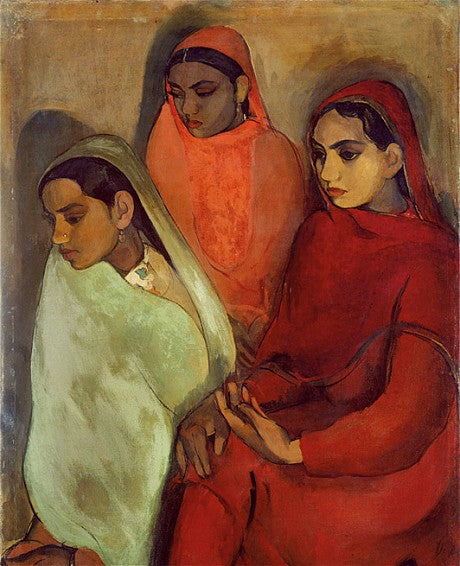 (Three Girls by Amrita Shergil, 1935)
(Three Girls by Amrita Shergil, 1935)
Post-independence, many Indian artists chose to simplify their paintings and be apolitical in their imagery by dwelling on trivial aspects of life. The Progressive Artists Group (PAG) founded in 1947 by eminent artists such as SH Raza, MF Husain and FN Souza, was one of the most influential movements in Modern Indian Art. The group broke away from the revivalist art of the Bengal School and embraced the avant-garde forms of European schools, and incorporated Parisian abstract expressionism in their art.

 (Untitled Horses and Rider by MF Husain)
(Untitled Horses and Rider by MF Husain)
With increased abstraction, Indian artists started experimenting with global modernistic art styles. In the 1950’s, artists from the Baroda school of Art, like KG Subramanyan, created art that combined Indian folk art with urban trends and interpretations based on popular culture. However, later artists like Jagdish Swaminathan rejected imported artistic styles, and went back to their Indian roots, seeking to create a space for Indian tribal and folk art.
 (J Swaminthan's works were influenced by Indian folk and tribal art)
(J Swaminthan's works were influenced by Indian folk and tribal art)
Thus, the evolution of Indian Modern Art was always about its ethnic and vernacular roots interpreted through various styles, but never too far from its ‘Indianess’. Whether globally or in India, modernism has been about creating a unique expressive identity through art.
 (Punaraagman by SH Raza has many references to Indian symbolism)
(Punaraagman by SH Raza has many references to Indian symbolism)


